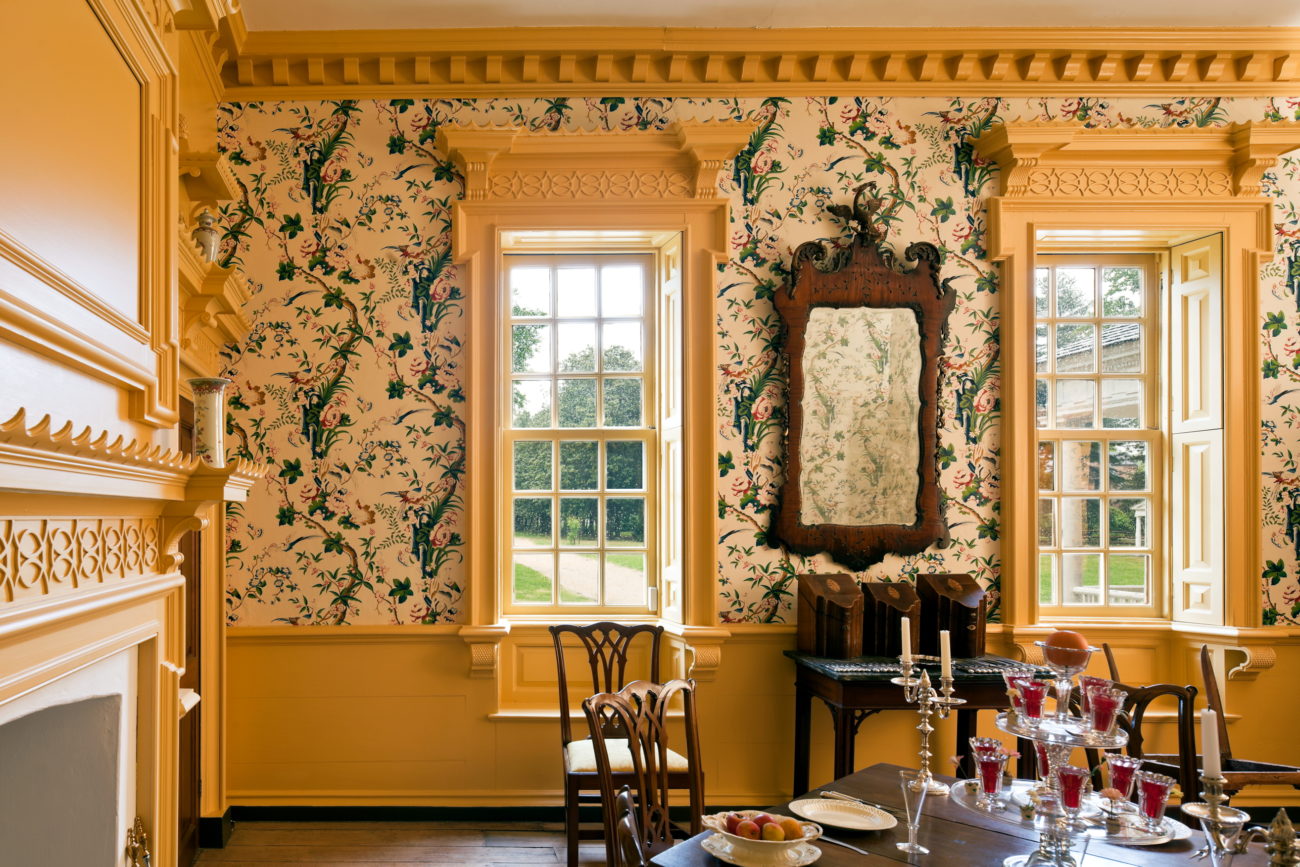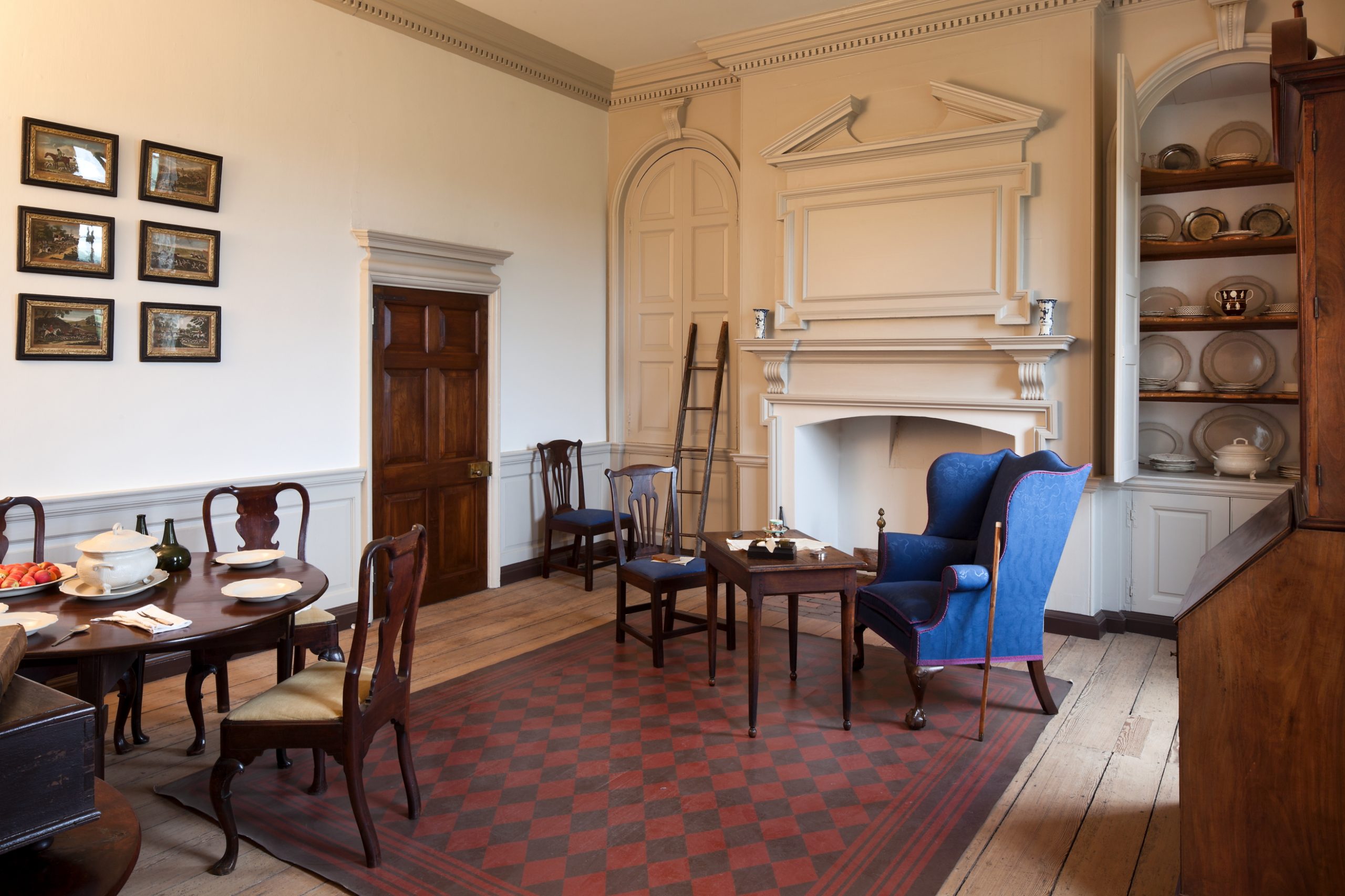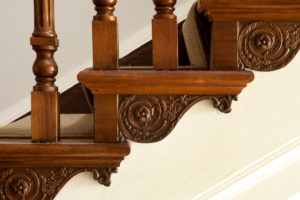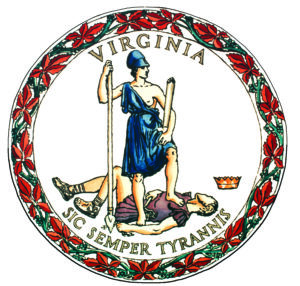Inside Gunston Hall
Gunston Hall can be divided into three major sections: the formal rooms, the family rooms, and the upstairs bed chambers. The formal rooms are made up of the dining room and the great parlor. Each of these is decorated lavishly and must have made quite an impression on the Masons’ guests. The little parlor and main bed chamber served as busy family spaces. The hallways, or passages, are intermediary spaces. The service stairs provided an out-of-sight way for enslaved and indentured people to move from one level to another as they carried out their duties.



Objects Inside Gunston Hall
Gunston Hall has carefully collected objects that represent the daily life of well-to-do Virginians in the second half of the 18th century. From candlesticks to tea tables to bedsteads, these items help us better imagine the world of the Masons and the enslaved and indentured people who lived on the Gunston Hall plantation. Several dozen objects in the collection belonged to the Mason family. Other items, such as salt-glazed stoneware and cream ware dishes, are similar to fragments we have uncovered through archaeology. Much of the collection is based on our knowledge of the furnishings of the homes of the Masons’ peers. We continue to add to the collection as we make new discoveries.
Rare books and manuscripts give us insight into the intellectual world of the Masons. Books owned by George Mason allow us to know some of the ideas he encountered. Treatises on subjects such as gardening, architecture, remedies for sickness, etc. help us learn more about the time in general. And letters and other archival material from Mason, his peers, and his family provide some specifics about Mason’s thinking and about his everyday life.
Take A Look For Yourself
Thanks to the Encyclopedia of Virginia, you can use this Google Map to explore the interior of Gunston Hall.









